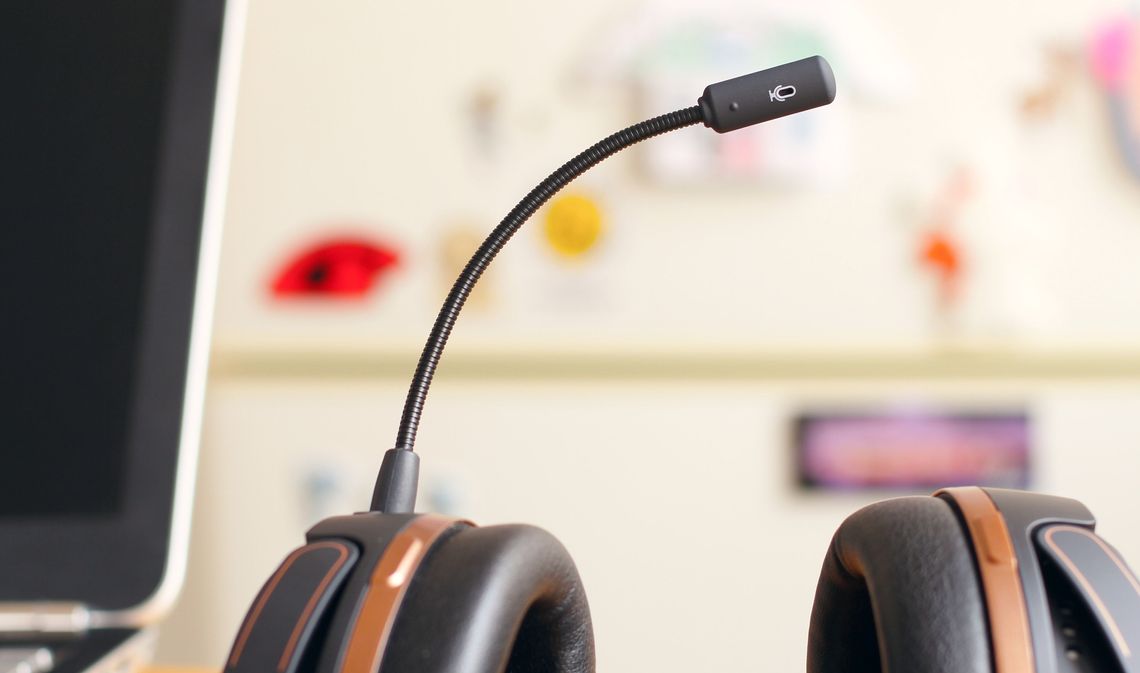Frequently Asked Questions
Our answers to most common questions
Becoming Part of Michelin
Why did Michelin acquire Lehigh Technologies?
With the acquisition of Lehigh Technologies, Michelin will build on its expertise in materials to develop and use innovative technological solutions within the end-of-life tire recycling economy. The acquisition allows Michelin to further reduce the Group’s use of certain natural, limited resources by using high-technology material recycled from end-of-life tires in the production of new tires with no compromise on safety and performance.
Will the mission of Lehigh change?
No. Lehigh will continue to operate with Michelin’s full financial support of its global growth strategies. Michelin believes in supporting the mission of Lehigh to increase adoption of MRP in multiple market segments around the world. Michelin is also committed to develop new high-technology materials for tire and non-tire industry segments. Lehigh will continue to work with its customers to help them formulate MRP into their product lines and meet their demand from Lehigh’s U.S. manufacturing plant and from the plant currently under development in Spain.
MRP
Does using Lehigh’s MRP help reduce production costs?
MRP provides cost savings by replacing oil- and rubber-based materials whose prices are tied to volatile commodity markets. Additionally, depending on your formulation, MRP also offers property enhancements that boost product performance. Lehigh technical experts collaborate with customers to optimize our products for your application. Contact us to learn more.
How do I formulate with MRPs?
Scientists in our Application and Development Center (ADC) collaborate directly with your technical team to identify the best incorporation and formulation techniques for our MRPs. We’re proud to work with all sizes of companies in this process. And our team is always available for ongoing dialogue.
Lehigh’s technical process controls meet precise specifications, and the company has implemented common standards for joint development work.
How much MRP can I put in my formulation?
It depends on the application. Some applications use as little as five percent in their formulations; others can use up to 40 percent. Our ADC team of experienced industry professionals and scientists can help you determine the optimal loading percentage for your formulation.
What types of rubber material is MRP compatible with?
Currently, we work with whole-tire rubber, tire tread buffings, natural rubber, EPDM, nitrile and butyl rubbers. We are continually testing new rubber materials and are regularly exploring new applications to fit changing market needs. In recent years, Lehigh has expanded rubber applications from solely tire retreads to low rolling resistance silica silane passenger car tires that span OEM and replacement markets, truck, bus and OTR tires. We also supply industrial rubber applications such as conveyor belts, sealing systems, automotive parts and so on.
Is MRP available to customers outside of the United States?
Yes, in addition the United States, we ship to Asia, South America and Europe. In June 2015, Lehigh opened a Spanish subsidiary to broaden our reach in Europe, the Middle East and Africa and are already supplying the tire market in multiple European countries. Please contact our Business Development Manager in Spain.
Feedstocks and Output
Where do you get your tires?
End-of-life tires are collected and shredded by multiple tire recyclers in the US. We work with them to deliver a consistent raw material to Lehigh’s manufacturing plant. Key partners such as Liberty Tire help ensure reliable production and supply.
What types of tires do you use?
Our core product line is derived from end-of-life truck tires. Using this feedstock helps to maintain consistency in MRP composition. We also use post-industrial rubber feedstocks, as well as other tire/retread materials.
What is the content of your product? Do you add anything to your MRP?
We add a very small amount of an environmentally friendly and safe processing aid. Our product is cryo-mechanically processed, meaning no other major chemicals are added. Our customers receive a high quality, consistent, clean, metal- and fiber-free MRP derived from the rubber material of their specification.
How is your product similar/different to reclaim?
The core difference between Lehigh’s MRP and reclaim is the treatment during the manufacturing process. Generally, reclaim rubber is chemically and heat treated, causing the properties of the base compound to degrade. Lehigh's rubber is cryo-mechanically treated, preserving the properties of the base compound. This enables MRP to provide performance benefits in many applications.
Safety and the Environment
Is your product safe?
Lehigh’s process does not change at all the compliance status of all of our products made out of end-of-life tires. As a consequence, Lehigh’s products maintain the compliance status ensured by all the tire manufacturers located in the US (and in Europe starting 2023). We have the capability to segregate REACH compliant material to fulfill any specific request from our customers.
How does using Lehigh’s MRP help protect the environment?
By incorporating MRPs into products, users:
Prevent end-of-life tires and post-industrial rubber from entering landfills
Preserve resources like oil and rubber by reducing the volume of oil-derived, virgin materials, which reduces energy consumption tied to manufacturing new products
Lower CO2 emissions derived from production of virgin raw materials by about 40 percent per pound of MRP
CONTACT CUSTOMER SERVICE
678.495.2244
customerservice@lehightechnologies.com
Click the link for additional contacts

